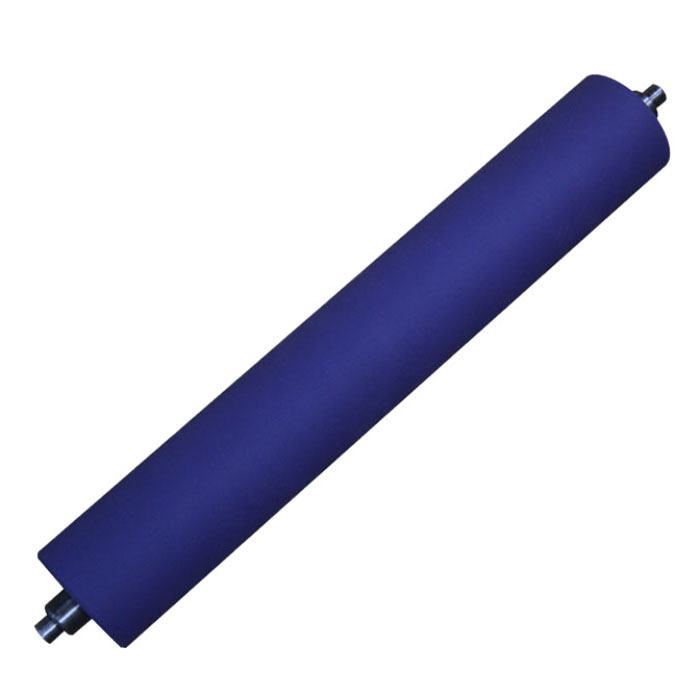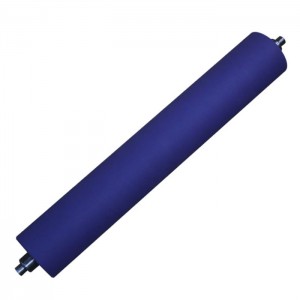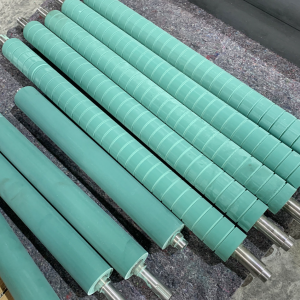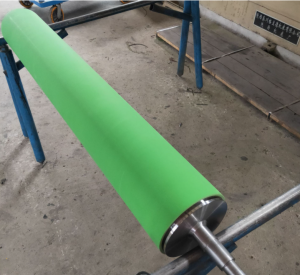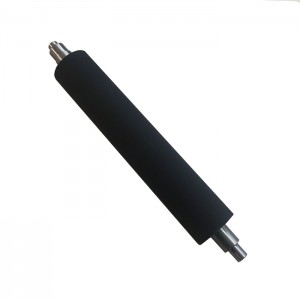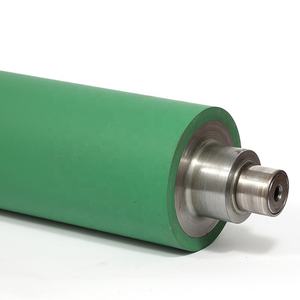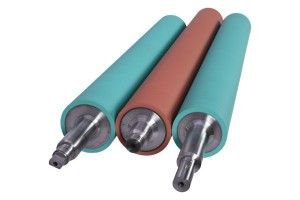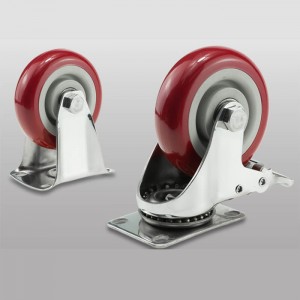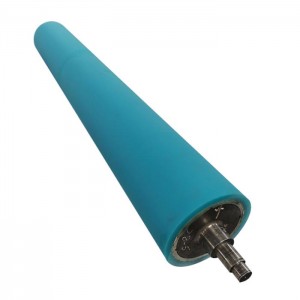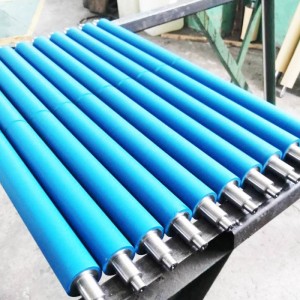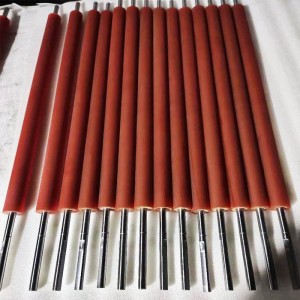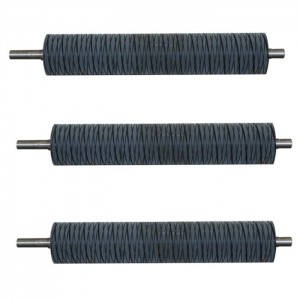Alcohol Printing Rubber Roller Printing Industry
We vividly call the alcohol-free printing on alcohol rollers "top-down reform". In other words, a prerequisite for the adoption of alcohol-free printing is the top-down determination of the enterprise, which is almost a "first-hand project". The first thing to be solved is the whole ideological and understanding problem. Once the knowledge is resolved, everything else is easy to handle. What machine time, execution steps (with experts), staff training, etc. are not a problem. Under the guidance of experts, upholding the three principles of "careful adjustment; patient adjustment; correct method", alcohol-free printing must be successfully debugged.
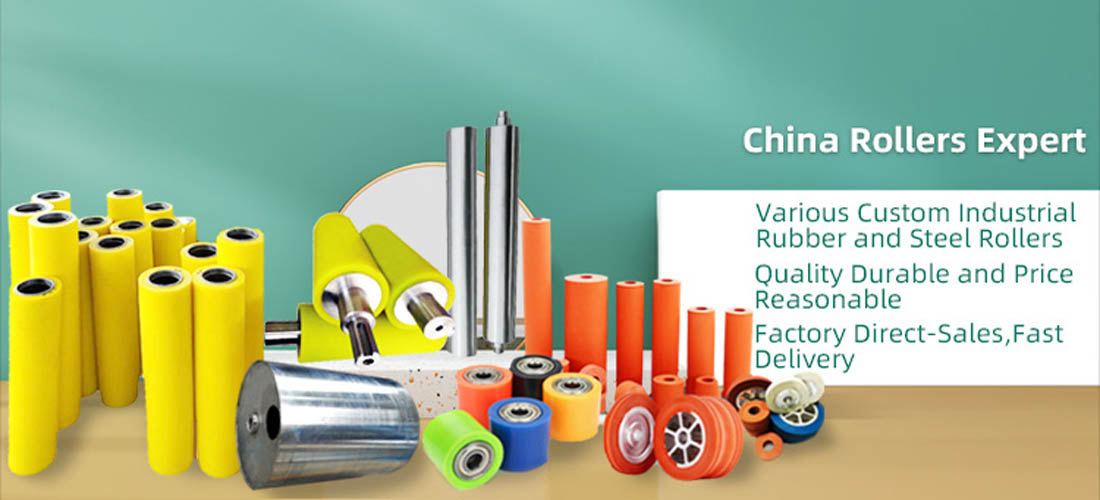
|
Decai Rubber Roller Specification
|
|
|
Size
|
Dia:10MM-670MM;
Length:50MM-8200MM
According To Customer's Drawing
|
|
Material
|
NBR,Silicone,Rubber,Polyurethane,NR,PU FFPM,ETC,EPDM
|
|
Hardness
|
18A-100D
|
|
Tolerance
|
0.05mm
|
|
Color
|
yellow,Black, orange,green or custome required
|
|
Core Material
|
stainless steel,45#steel or aluminum
|
|
Application Machine
|
industrial machine, printing machine and packaging machines and so on
|
|
Features of rubber roller |
1.Ozone and Chemical resistance
|
|
2.Anti-aging, good flexibility, good elasticity
|
|
|
3.Excellent oil resistance
|
|
|
4.Clean and healthy for many food and medical applications
|
|
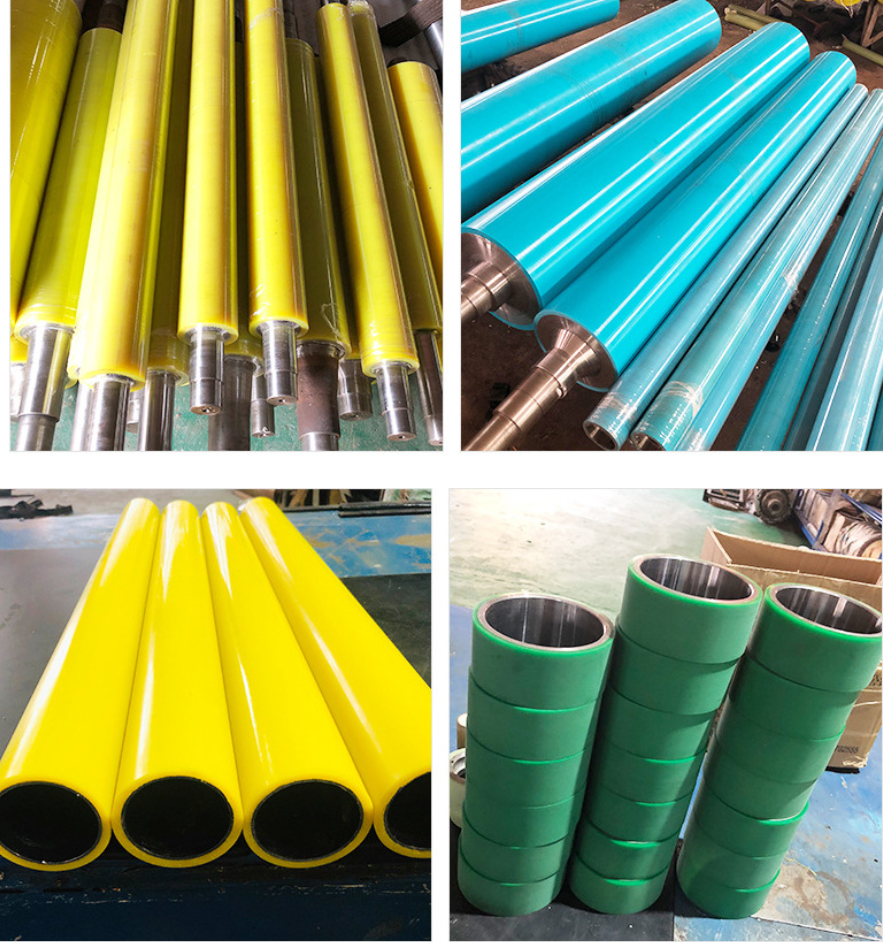
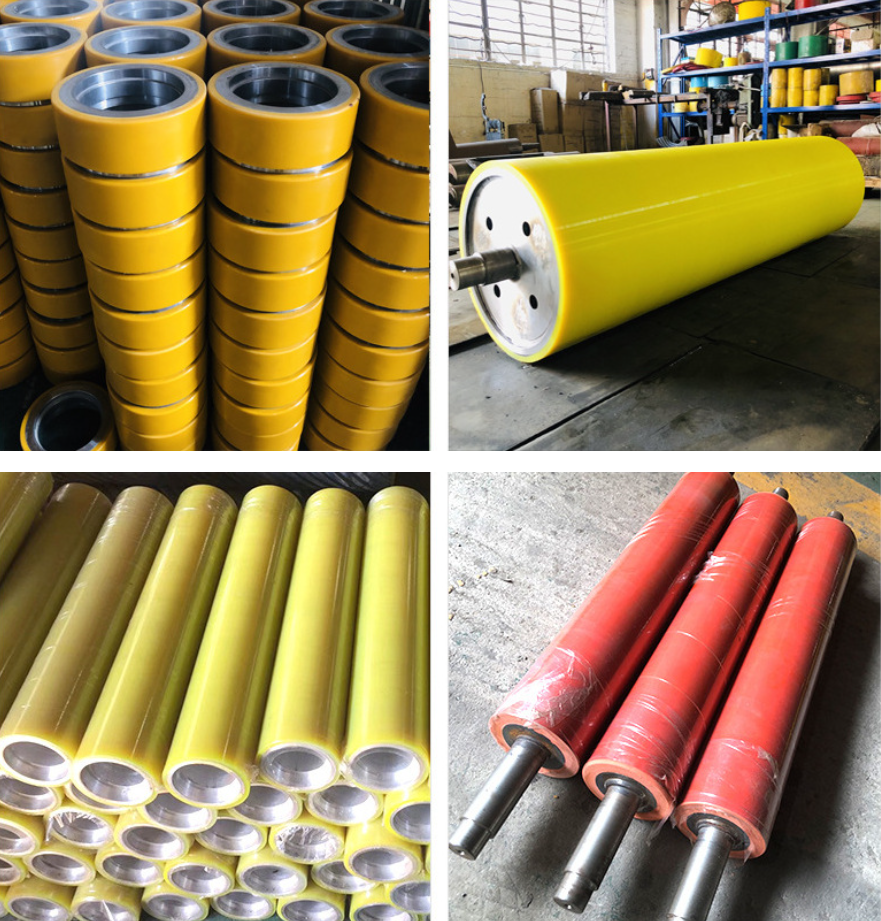
The development of rubber cots has a history of more than one hundred years. In 1866, the German Siemens company invented the rubber rubber roller. Four years later, Canadian Henry Martinson applied for a patent for balancing technology, which opened the prelude to the balance correction industry. In 1907, Dr. Franz Lawaczek provided the improved balancing technique to Mr. Carl Schenck of Germany, who produced the first double-sided rubber roller in 1915.
Until the end of the last century in the 1940s, all balancing processes were carried out on purely mechanical balancing equipment. The balance speed of the rotor usually takes the resonance speed of the vibration system to maximize the amplitude. In this way, the rotor balance is measured, the measurement error is large, and it is not safe.
With the development of electronic technology and the popularization of rigid rotor balancing theory, most of the balancing equipment adopted electronic measurement technology after the 1950s. The rubber roller of the plane separation circuit technology effectively eliminates the mutual influence of the left and right sides of the balance workpiece. Until the 1970s, the emergence of hard-backed rubber cots can be considered a leap in the history of rubber cots. It adopts static balance size setting, which eliminates the inconvenience of frequent dynamic adjustment of traditional soft support rubber rollers, and forms a permanently calibrated rubber roller. In the 1980s, piezoelectric sensor technology brought a revolution to the development of rubber rollers. The rubber cots using this technology basically replace the soft support rubber cots in the field of balance that does not require very high speed.
At present, with the application of microcomputer technology, rubber cots have entered a new era. Rubber cots have been significantly improved in terms of performance, accuracy and operability. Rubber cots have integrated the technologies of optics, electricity and machinery. And it has been widely used in power tools, machinery manufacturing, fans, motors, papermaking, textiles, household appliances, metallurgy and other fields.





